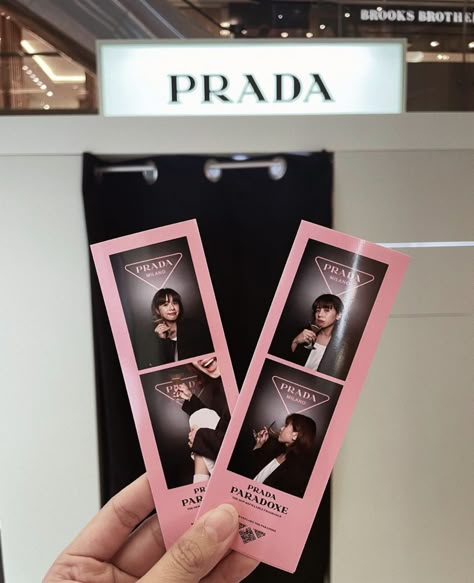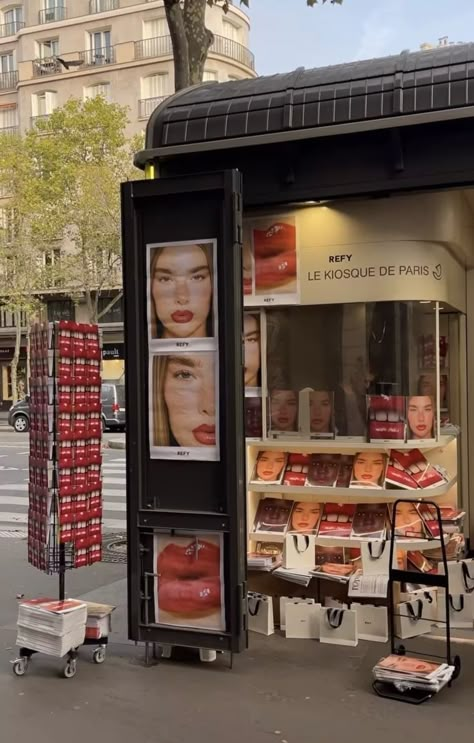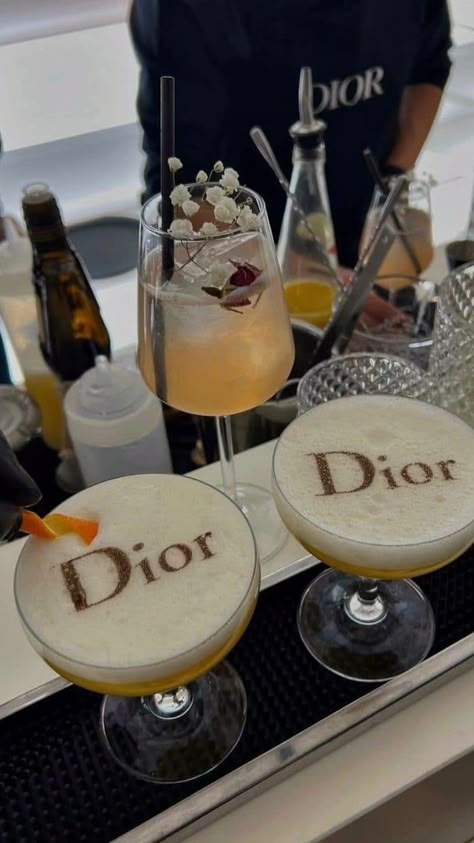How the Five Senses Will Redefine Brand Marketing
- Olivia Stedman
- Mar 8
- 4 min read
Excerpt: "The brands that win the future will be the ones that step off the screen and into people’s real lives. The ones willing to invest in live experiences, experiment with sensory marketing, and create events that people don’t just scroll past, but truly engage with."
We're in the age of overstimulation. Digital marketing is at its peak, algorithms dictate what we see, and the endless search for something real often leaves us coming up empty. Consumers crave experiences that make them feel something—something immersive, something that sparks curiosity, and ultimately, something that makes them want more.
This isn’t to say that art doesn’t exist among the masses, but when brands dominate the digital landscape with uninspired, repetitive advertising, consumers become fatigued—both physically and emotionally. The typical ad doesn’t mean anything anymore. People need something beyond the screen.
Brands that engage all five senses through live experiences, events, and community activations will be the ones that rise above the noise. The key to standing out is creating moments that linger—true user-generated content, real memories, and an approach that dares to be different.
Sight – The Art of the First Impression
Aesthetics have power, especially in first impressions. Consider brands that rely heavily on foot traffic for sales. Lush Cosmetics, a giant in the natural beauty space, left social media in 2021 and saw a drop in online sales, forcing them to lean on in-person foot traffic, customer loyalty, and UGC. But Lush thrives because it masters sensory engagement—their vibrant stores, open layouts, interactive product demos, and of course, the signature scent that can be recognized from blocks away.
In the pop-up space, Refy Beauty nailed this with "REFY CAFE," a Parisian pop-up designed for their core audience: young city women who love aesthetics, coffee, and lip gloss. They created an experience that was visually stunning and on-brand—one that wasn’t just made for Instagram but also felt meaningful in person.
Creativity and art in event design aren’t optional; they’re crucial. Consumers want experiences that speak to them, intrigue them, and make them feel like they’re part of something exclusive. Skipping this step is a missed opportunity, especially when trying to generate buzz and earned media.


Sound – An Underrated Mood Shaper
Once the visuals are locked in, sound comes next. It’s the element of branding that often gets overlooked but has a deep psychological impact. Imagine a café that forgot to turn on its music, suddenly, the space feels eerily empty. Compare that to a luxury store like Celine, where silence is curated for an exclusive, high-end feel, or an Aritzia store, where a carefully selected R&B playlist enhances the shopping experience.
Zara, known for its bold fashion choices, went viral in November 2024 for its in-store playlists that made customers want to dance. Sound shapes how people feel about an experience. It connects them emotionally to a brand, making it more than just a transaction—it’s a feeling they take with them.
Touch – The Intimacy of Texture & Interaction
Tangible experiences create deeper emotional connections. The resurgence of print media, film photography, and hands-on crafting shows that people crave real, tactile engagement. Brands that incorporate this into their strategy can build stronger relationships with consumers.
For example, instead of simply selling charm bracelets online, a jewelry brand could host an interactive pop-up where customers design their own bracelets in a beautifully curated space. The product then becomes more than just an accessory—it’s tied to an experience, a memory, and an emotion.

Taste – The Sneaky but Powerful Sense
Taste is one of the most emotional senses—it’s why food and drink collaborations have taken over marketing. People remember what they eat at an event, and that memory is tied to the brand experience.
Blank Street Coffee, known for its branding and pop-ups, incorporates taste seamlessly into events. Their Christmas activation featured a live show, games, and exclusive holiday drinks, making the experience feel holistic and special. Other brands are following suit—Rhode Beauty and cinnamon buns, Skims and waffles, Jacquemus and butter. Food isn’t just a necessity at events; it’s a marketing tool that drives emotional connection.

Smell – The Invisible but Most Emotional Sense
Scent is a powerful memory trigger. Hotels like Fairmont use signature scents in their lobbies, while Anthropologie burns candles in every store. Lush is a prime example of scent marketing—its stores are recognizable from a distance because of their overpowering yet iconic aroma.
Think of a scent you associate with a strong memory—maybe it’s Play-Doh and pencil shavings from childhood or a perfume that takes you back to a specific year. Unlike digital marketing, scent is something you can’t experience through a screen, making in-person brand activations even more valuable.
The Future Belongs to the Fully Immersive
The brands that win the future will be the ones that step off the screen and into people’s real lives. The ones willing to invest in live experiences, experiment with sensory marketing, and create events that people don’t just scroll past, but truly engage with.
How can your brand be seen beyond just looking good online? What do your consumers want to experience alongside your product? Coffee and magazines? Lip balm and yoga? Designer fashion and fancy drinks? Gym sessions and smoothies? Get creative, step into your audience’s shoes, and craft an experience that immerses them completely.
The future belongs to brands that can be seen, heard, touched, tasted, and smelled—not just scrolled past and forgotten.
That’s all for today—share your thoughts, and let’s chat.
xx Olivia



Olivia , what a creative concept using our five senses when searching to purchase brand products. I especially like how your vision in marketing is to have the brand's "step off the screen and into people's real lives." This is the future in marketing , as what is been used right now has become boring.
Olivia, this is absolutely brilliant! You’ve perfectly articulated why sensory marketing isn’t just a passing trend, it’s the future of brand engagement. The way you connected each sense to real-world examples like Lush’s iconic scent, Zara’s viral playlists, and Refy’s stunning café pop-up makes the concept so tangible and inspiring. Your call to action at the end is a game-changer “It’s time to rethink how my brand shows up in real life!” This piece is a masterclass in blending creativity with strategy. Can’t wait to see what you write next keep these gems coming!